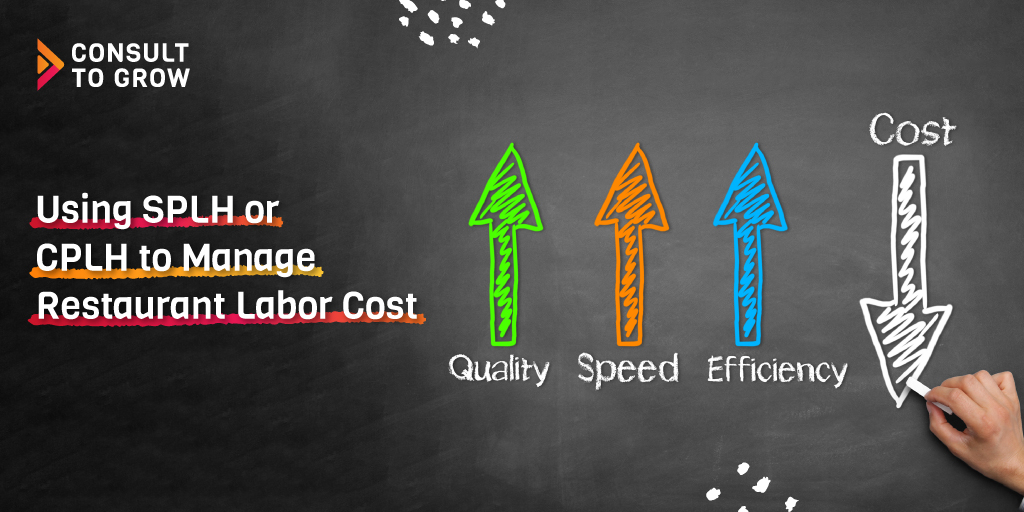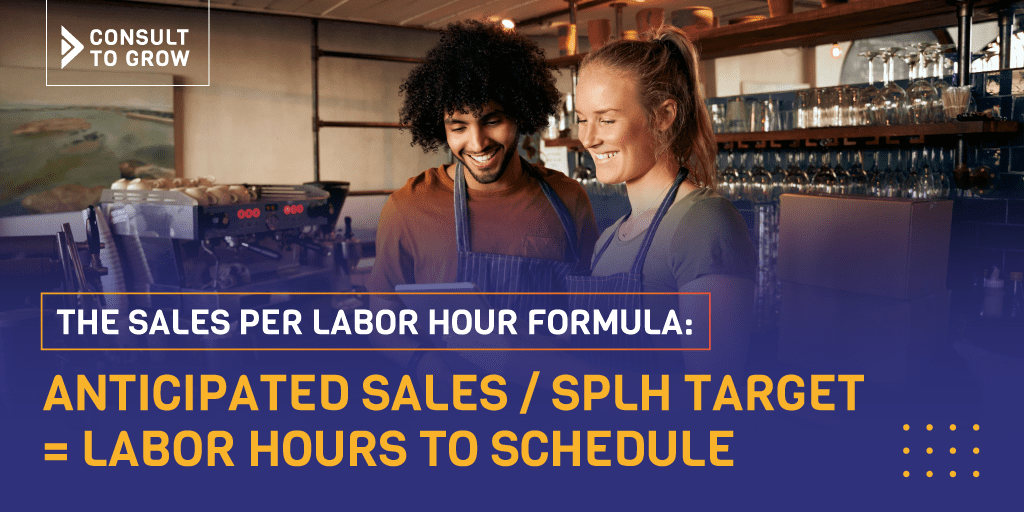
Restaurant Concept: Optimizing Your Concept for Growth
Are you creating a restaurant concept from scratch or scaling an existing one? Either way, clarity and alignment around your concept with your partners and
Managing labor costs is a crucial aspect of running a successful restaurant business. One effective way to manage labor costs is by using SPLH (Sales Per Labor Hour) or CPLH (Customers Per Labor Hour) metrics. These metrics provide valuable insight into your restaurant’s labor performance. They can also help you make informed decisions to reduce costs and improve your bottom line.
SPLH is a metric that measures the amount of sales generated per hour of labor. It is calculated by dividing total sales by total labor hours for a given period of time. CPLH is a metric that measures the cost of labor as a percentage of total customers served for a given period of time. It is calculated by dividing total labor costs by customers served for a given period of time.
Both metrics provide a clearer picture of how much of your revenue is being spent on labor. They also help you identify areas where you can improve efficiency and reduce costs. Which you use may depend on your business format as well as the ease or difficulty of measuring a “customer” in any given time period.

SPLH or CPLH provides valuable insight into the performance of your restaurant’s labor. They help you make informed decisions to reduce costs and improve your bottom line. By regularly tracking these metrics, you can identify trends and patterns in your restaurant’s labor performance and adjust accordingly.
For example, if you notice that SPLH is consistently low during a particular time of day or week, you can investigate the cause and make changes to improve productivity and reduce labor costs. Similarly, if you notice that CPLH is consistently high, you can investigate ways to reduce labor costs. This could look like cross-training employees, offering flexible scheduling, or implementing a menu pricing strategy.
Restaurant Managers support controlling labor costs by using available labor hours as efficiently as possible to drive sales. Managing labor is not just about cutting hours to as low as possible! Managing labor is about using every available labor hour as effectively as possible to take care of customers and drive sales. It’s important to avoid cutting labor so much that you miss future sales by not effectively taking care of customers.

Each Manager on Duty should be responsible for managing the labor hours of their shift. You need to know your SPLH or CPLH to measure it. Look at the system where your hourly team clocks in and look for a report that shows your sales divided by your labor hours or customers divided by labor hours. You might have to manually calculate this — but most point-of-sale systems have a report that shows this number. Keep in mind:
By using SPLH or CPLH to manage labor costs in your restaurant, you can make informed decisions to reduce costs and improve your bottom line. These metrics provide valuable insight into your restaurant’s labor performance. In addition, they can help you make changes to increase productivity, reduce costs, and achieve your goals.
In conclusion, SPLH or CPLH are important metrics for managing labor costs in a restaurant. By regularly tracking these metrics, analyzing the data, and making adjustments based on the results, you can reduce costs and improve your bottom line.
You might like:
How Consult to Grow® can help your business:
Consult to Grow® provides various tools and services to help you improve your operational performance as you scale and grow your business. We can expertly assess your scalability, develop tactical plans, facilitate planning, and more. Ready to get started?

Are you creating a restaurant concept from scratch or scaling an existing one? Either way, clarity and alignment around your concept with your partners and

How do you know when a relationship has run its course? As the guest of Jason Lauritsen on his podcast, Better Relationships: Better Work, I

How do you build a world of work where your company’s employee retention is much higher and longer? I’ve been asking myself this question since